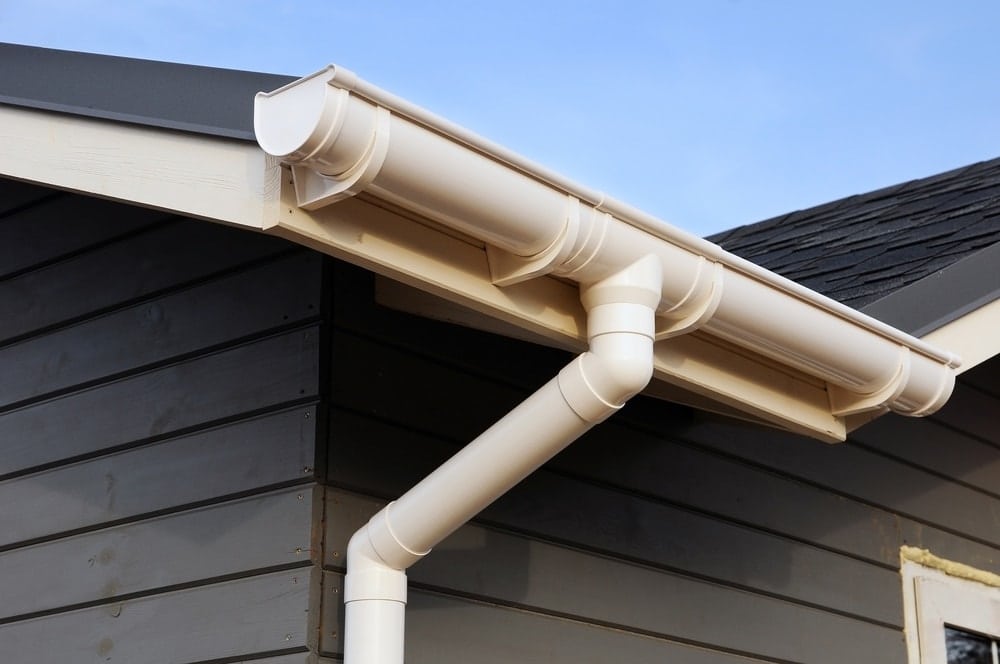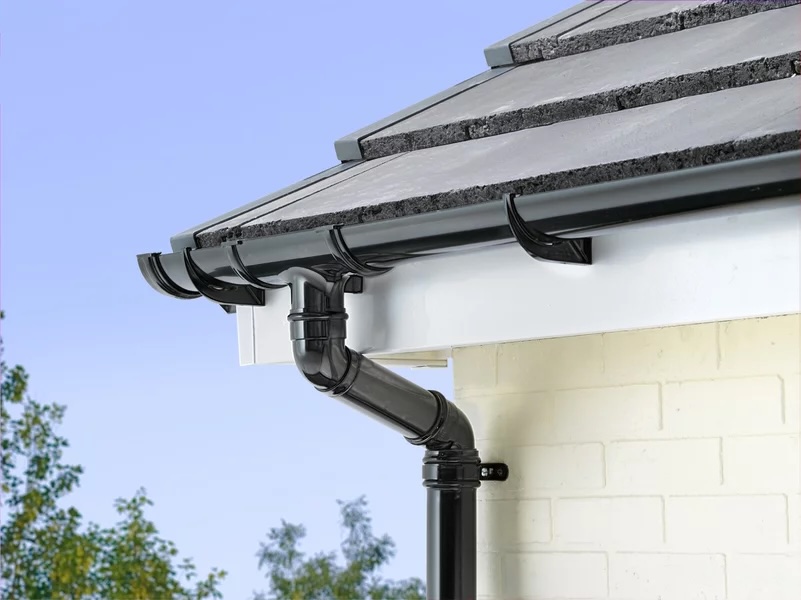
Gutters
Add a review FollowOverview
-
Sectors Marketing
-
Posted Jobs 0
-
Viewed 17
Company Description
What’s The Current Job Market For Gutter Downpipes Professionals Like?

Understanding Gutter Downpipes: Essential Components for Effective Drainage
Gutter downpipes play an essential function in a structure’s water management system. These essential elements help with the efficient drainage of rainwater from the roof through the gutter system and into the ground or a stormwater drainage system. Comprehending the function, materials, installation procedures, and maintenance practices related to gutter downpipes can help house owners, builders, and designers in making notified choices about their water drainage systems.
What Are Gutter Downpipes?
Gutter downpipes are vertical pipelines that link the gutter at the edge of a roof to the ground or a drainage system listed below. They serve to transport rainwater gathered in the gutters away from the building’s structure, thus avoiding water damage, erosion, and structural concerns.
Secret Functions of Gutter Downpipes
- Water Diversion: Direct rainwater far from the roof and building structure.
- Foundation Protection: Minimize the risk of flooding or erosion around the structure.
- Prevent Mold Growth: Reduce wetness levels that can result in mold and mildew.
- Manage Storm Water: Help alleviate stormwater overflow effect on the environment.
Kinds Of Gutter Downpipes
Gutter downpipes been available in numerous materials and designs, each with unique benefits and applications. Here are the most typical types:
| Type | Product | Advantages | Downsides |
|---|---|---|---|
| PVC Downpipes | PVC (Polyvinyl Chloride) | Lightweight, corrosion-resistant, easy to set up | Can become brittle in severe temperature levels |
| Metal Downpipes | Aluminum or Steel | Resilient, long-lasting, aesthetic appeal | Greater preliminary cost, can wear away if not treated |
| Cast Iron Downpipes | Cast Iron | Very resilient and strong | Heavy, expensive, needs maintenance |
| Copper Downpipes | Copper | Unique appearance, long life expectancy | High cost, can develop patina with time |
Installation of Gutter Downpipes
When setting up gutter downpipes, it is important to follow best practices to make sure optimum efficiency. Here are some steps typically involved in the installation process:
- Planning the Layout: Determine the ideal positioning of downpipes based on gutter configuration and building style.
- Choosing the Right Size: Sizes differ, however common diameters are 2 inches, 3 inches, or 4 inches. Select a size that can deal with the volume of rainwater expected.
- Attaching to Gutters: Securely secure downpipes to the gutter with brackets. Make sure there are no spaces to avoid leaks.
- Directing Water Away: Ensure downpipes extend far from the foundation, preferably directing water into a drainage system or rainwater harvesting tank.
- Routine Inspection: Periodically examine downpipes for clogs, damage, or misalignment.
Tools Required for Installation
- Pipeline cutter
- Drill
- Ladder
- Determining tape
- Level
- Silicone sealant
Maintenance of Gutter Downpipes
Regular maintenance is vital to lengthen the life and functionality of gutter downpipes. Homeowners need to follow these guidelines:
- Regular Cleaning: Remove debris such as leaves, twigs, and dirt from the downpipes to prevent blockages.
- Check for Leaks: Inspect joints, brackets, and the pipe for leaks or damage and repair them immediately.
- Check during Heavy Rainfall: Observe the efficiency of downpipes during a storm to ensure appropriate drainage.
- Flush with Water: Occasionally flush downpipes with water to clean out any prospective clogs.
Typical Problems and Solutions
Gutter downpipes can experience different problems that may hamper their functionality. Below are some common problems and their solutions:
| Problem | Option |
|---|---|
| Clogged Downpipes | Routinely clean downpipes. Use a plumbing’s snake if needed. |
| Leaking Joints | Apply silicone sealant or replace defective ports. |
| Misalignment | Adjust downpipe and secure it effectively. |
| Rust or Corrosion | Change damaged areas, particularly in metal downpipes. |
Frequently Asked Questions About Gutter Downpipes
Q1: How frequently should gutter downpipes be cleaned?A1: It is advised to clean downpipes at least twice a year, particularly before and after the rainy season.
Q2: Can I install gutter downpipes myself?A2: While installation can be done by DIY enthusiasts, it’s a good idea to speak with professionals for a correct setup, particularly in complex roof styles or for high structures.
Q3: What are the indications that my downpipes need to be changed?A3: Common indications consist of regular clogs, visible corrosion, rusting, and visible leaks that can not be fixed.
Q4: Which type of downpipe is best for my home?A4: The best type depends upon your budget, aesthetic choices, and environment. PVC is frequently the most cost-efficient, while metal choices might be more resilient.
Gutter downpipes are important components in the total framework of a building’s drainage system. From ensuring efficient water circulation to safeguarding the structural stability of a residential or commercial property, their significance can not be overstated. By comprehending the types, installation processes, maintenance requirements, and typical issues, homeowners and contractors can promote a more reliable rainwater management system, causing lasting advantages. Routine assessment and maintenance, in conjunction with top quality products, will guarantee that gutter downpipes stay practical and reliable throughout their life expectancy.

